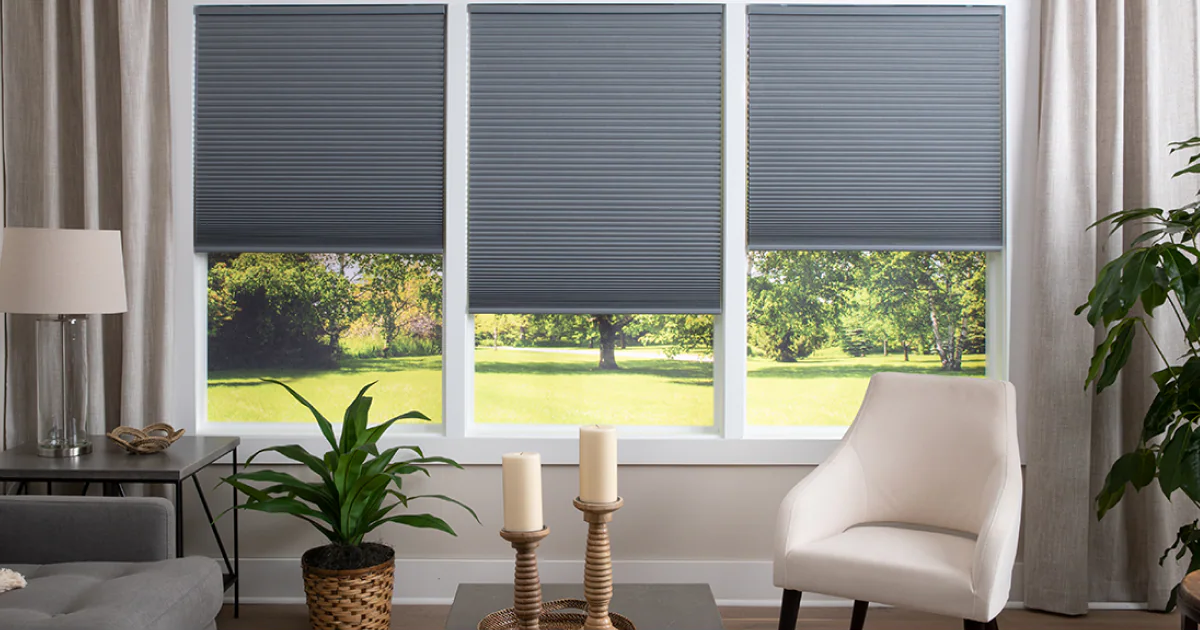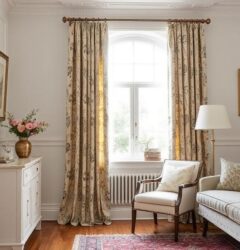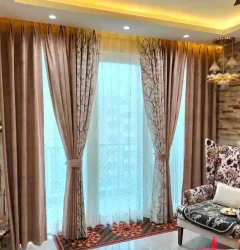Window blinds are coverings made of horizontal or vertical slats that can be adjusted to control the amount of light and privacy in a room. They are commonly used in homes, offices, and other buildings to regulate sunlight, provide privacy, and enhance the overall aesthetic appeal of the space.
Blinds are available in various materials, including wood, aluminum, vinyl, and fabric. The slats can be tilted or raised/lowered using a cord, wand, or remote control, depending on the type of blinds. Here are some common types of window blinds:
- Venetian Blinds: These blinds have horizontal slats that are connected by cords or strings. The slats can be tilted to control the amount of light entering the room.
- Vertical Blinds: Vertical blinds consist of vertical slats that can be rotated to adjust the light and can also be drawn to the side for a clear view.
- Roller Blinds: Roller blinds are made of a single piece of fabric that rolls up or down around a cylindrical rod. They are operated using a cord or a spring mechanism.
- Roman Blinds: Roman blinds are made of fabric that folds into pleats when raised. They create an elegant look and provide excellent light control.
- Cellular/Honeycomb Blinds: These blinds are designed with honeycomb-shaped cells that trap air, providing insulation and energy efficiency. They come in various light-filtering and blackout options.
- Wood Blinds: Wood blinds are made from real wood or faux wood materials. They offer a natural and warm aesthetic and can be painted or stained to match the room’s decor.
- Panel Track Blinds: These blinds consist of large fabric or woven panels that slide on a track. They are an excellent choice for covering large windows or sliding glass doors.
When choosing window blinds, consider factors such as light control, privacy, insulation, and aesthetic preferences. It’s also important to measure your windows accurately to ensure proper fit and function.







